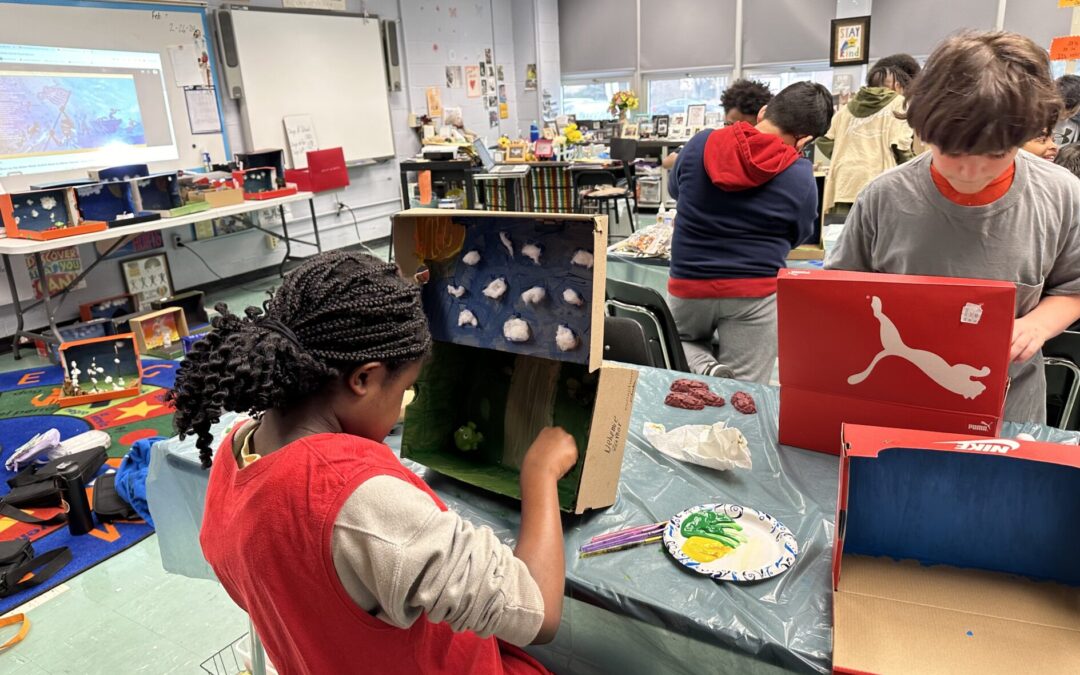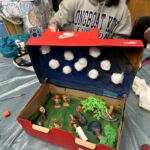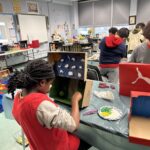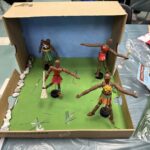Our Past, Helps to Weave Our Future!
By Dr. Marci
As a Social Studies teacher, who might I add does not really like History, I always look for ways to encourage students to want to study History. That being said, for Black History I wanted to make it fun and not do the same thing over and over. I was talking to a fellow educator and telling her how I felt and she quickly suggested that I consider the novel, The 1619 Project, Born on the Water by Nikole Hannah-Jones and Renee Watson, illustrated by Nikkolas Smith. I quickly considered the idea and ordered the book on Amazon and even decided that I wanted to be observed by my principal as I taught this novel! I was nervous but excited! I had great expectations too!
As I started to introduce the book, we discussed where each person was from, where each family originated. This went far greater than I anticipated as the students were delved into talking about themselves as well as their families. Soon we were able to write poems about where they were from. The poems were amazingly done and typed including and organized in a binder for all to see. Soon the news of the poems spread among some faculty members like wild fire – they wanted to read the poems and they did!! They were really revealing and we gathered more information about each student.
We responded to several writing prompts including How did the girl’s family make America their home? What does it mean that the girl’s ancestors were “born on the water?” What does the author want the readers to learn from this story? Explain using evidence from the text. In a sense, we were practicing to respond to NJSLA questions so students could think outside the box and at the same time learn about Black History. So there are cross curricula (Social Studies and Language Arts) woven together whilst being departmentalized. This also means that the expectations are the same for both academic classes. 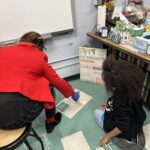
In the story, the author wanted to show that Black Americans have their own proud story of origin and it did not begin with slavery. The Black Americans adjusted to their new lifestyle after being captured from Africa. Even though they struggled they made the best of what they had and became proud of who they were.
The final part of the lesson was to demonstrate their understanding of the themes in the novel by creating a three-dimensional diorama. The students’ creativity shone through their artwork by bringing the scenes to life where they used their tactile learning skills. It was a joy to behold. It was obvious that the students were engaged and enjoyed the learning especially since we infused Project Based Learning!
Here’s that was written about the the lesson. Please feel free to read and enjoy.

